 Photo: Ken Lund
Photo: Ken Lund
Tuzigoot National Monument, in central Arizona, protects one of the largest known Sinaguan pueblos
Starting in 1933, federal relief programs paid workers to excavate and restore the archaeological site called Tuzigoot. Their efforts led to the establishment of this monument that preserves the largest Sinaguan pueblo and thousands of artifacts that Civilian Conservation Corps men and women helped to clean and restore.
A self-guided 1/3-mile trail leads through the rooms of the pueblo. The monument also includes Tavasci Marsh, the largest remaining desert wetland in Arizona outside the Colorado River system. A few short hiking trails take you through excellent birding and wildlife viewing areas.
Visiting the monument
Tuzigoot National Monument is sandwiched between Jerome and Cottonwood, Arizona, along the Verde River. Today, you can imagine the lives of the Sinagua people who once called this landscape home.
Getting there: Where I-17 crosses the Verde Valley, about 55 miles south of Flagstaff, take Exit 287 and drive north west on Highway 260 until you reach Cottonwood. Turn left on Highway 89A and stay on the main road going northwest, do not turn left where 89A leaves the main road. The road will continue through town and then curve around a bit and go through Oldtown Cottonwood (a nice spot with several shops and places to eat). Continue towards Clarkdale, and watch for a brown Tuzigoot sign on your right. If you reach the old company town of Clarkdale, you’ve passed the turnoff to the monument.
The Sinagua people at Tuzigoot
The Mogollon Rim, which runs diagonally across the northeastern corner of Arizona, defines the southern boundary of the Colorado Plateau. Here in this hilly country cut by deep valleys, people archeologists named the “Sinagua” (without water) built a large settlement between A.D. 1000 and 1400. Their sprawling terraced pueblo sits atop a ridge in the Verde Valley near Sedona, and today is preserved within Tuzigoot National Monument.
The Sinagua built the pueblo with chunks of limestone and sandstone, using a thick layer of mortar to bind the walls together. As the settlement grew, so did the pueblo—more than 100 rooms of various sizes cascade down the slopes of the juniper-dotted hill. At its peak, more than 200 people lived at Tuzigoot, making it one of the most populous Sinaguan pueblos in the Southwest. From the pueblo, you have a 360-degree view, with the surrounding hills, valleys and cliffs making up the rough Mogollon Rim country.
The name Tuzigoot means “crooked water,” an Apache word for a nearby meander of the Verde River that forms a boundary for the park. The Sinagua farmed crops of corn, beans, squash, and cotton irrigated from the Verde River, and supplemented their diets with animals they hunted and plants they gathered in the surrounding hills. What the Sinagua couldn’t grow, get, or make themselves, they acquired through trade. Archaeologists discovered scarlet macaws in stone lined pits under the pueblo floors, showing that trade routes reached as far as modern-day Mexico.
Tavasci Marsh
East of the pueblo along the river below Tuzigoot lies Tavasci Marsh, a wetland rich in plants and wildlife. Willows, cottonwoods, and cattails grow in the floodplain that used to be a spring-fed oxbow lake. You might hear a chorus of songbirds, since over 245 species of birds have been documented in the monument. Lizards, snakes, ringtails, and rodents also call Tavasci Marsh home.
As the largest wetland on the northern edge of the Sonoran Desert, Tavasci Marsh has been an important intersection of cultures, settlements, and aesthetic value. It’s all the more valuable today because more than 90 percent of Arizona’s native wetlands have been destroyed or degraded.
General Location Central Arizona
Closest Towns Cottonwood, Arizona, Jerome, Arizona
Cost Individual Fee (16+ years): $10/person (good at both Tuzigoot and Montezuma Castle national monuments). Children 15 and under are free.
Managed By National Park Service
Pets Leashed pets are allowed; due to extreme heat, please do not leave your pets in the car.
More Info NPS website
Adventure awaits
Sign up to get monthly hikes in your inbox for a year.
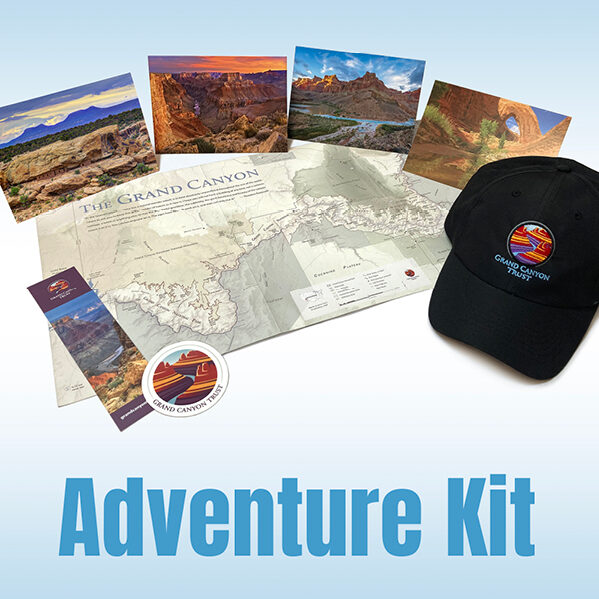
Special membership offer
Join the Grand Canyon Trust today to receive your adventure kit:
- $25 donation: a Grand Canyon map, The Advocate magazine subscription, bookmark, and sticker
- $75 donation: everything above plus four stunning note cards
- $100 donation: all the benefits of the $75 level, plus a Grand Canyon Trust hat
Related Hikes by Destination
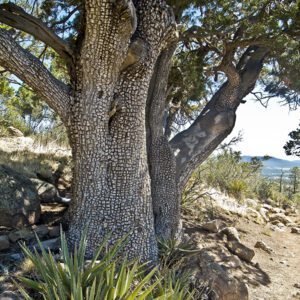
Distance: 5.2 miles (8.4 km)
Difficulty: Strenuous
Type: Out and back
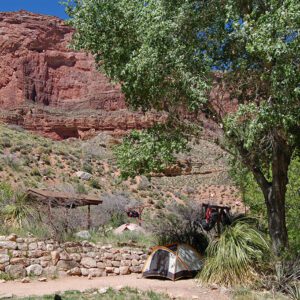
Sites: 15
Season: Open year-round
Reservations: Backcountry permit required
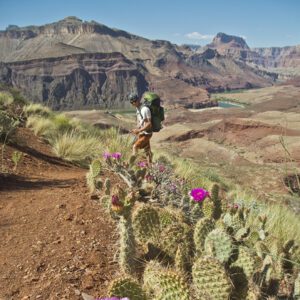
State: Arizona
Nearest Towns: Flagstaff, Williams, Tusayan, and Cameron, Arizona
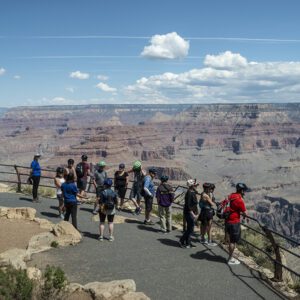
Distance: Up to 13 miles
Difficulty: Easy
Type: Point-to-point
